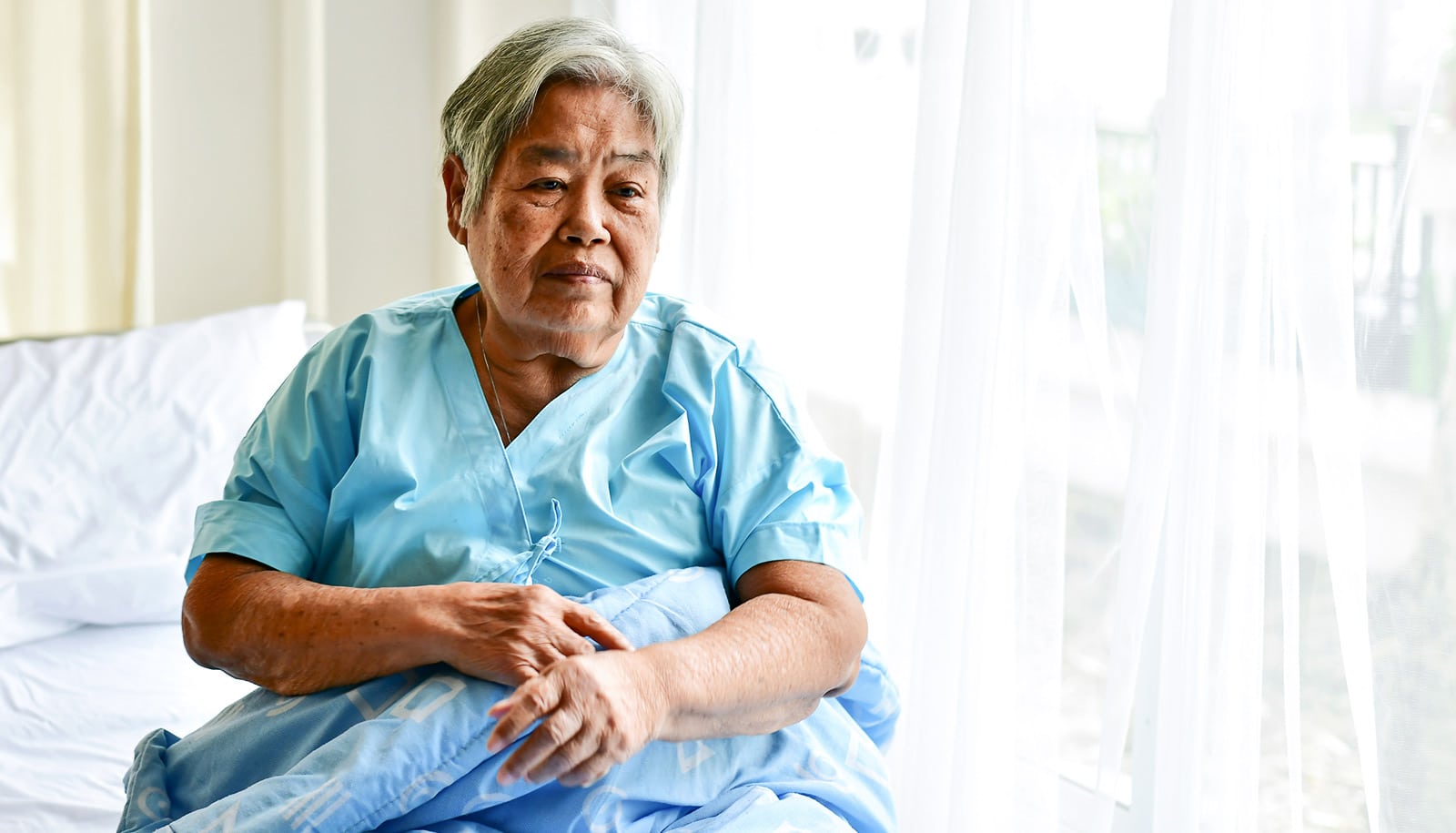A disproportionately high number of older adults who return to the hospital within a month of discharge do so because of the same infection presumably treated during the first stay or one that’s linked, researchers report.
The study also shows that patients discharged home or to home care were more likely to return with a linked infection than those discharged to skilled nursing homes.
“We found that as many as 5% of patients leaving the hospital with an infection have a readmission for that preexisting infection—that’s bad,” says Geoffrey Hoffman, assistant professor in the University of Michigan School of Nursing and lead author of the paper, published in the Journal of the American Geriatrics Society.
Researchers examined Medicare records for more than 318,000 hospital discharges for patients 65 and older. They found that, overall, 2.5% of hospitalized older adults return because of linked infections.
The most common infection was Clostridioides difficile (roughly 5% readmission), a potentially deadly germ that causes diarrhea and colitis, followed by urinary tract infections (2.4% readmission).
Hospital readmission numbers are small, but significant
The overall 2.5% readmission rate looks small, but context is important, Hoffman says. First, it’s critical to remember that hospitals know how to treat these infections, and knew the patient had the infection upon discharge.
“Presumably they’ve been treated for the infection since the hospital has already billed Medicare,” Hoffman says. “Readmissions shouldn’t be zero, but they should be much closer to zero.”
Also, the population of patients with the same diagnosis at readmission and discharge is very narrow, Hoffman says, so the number will by default be much smaller than overall hospital readmissions or readmissions for complex conditions.
For instance, heart failure and chronic obstructive pulmonary disease, or COPD, have about 10% and 8% linked readmission rates, respectively. However, unlike infections, those complex conditions aren’t entirely curable, so complications are more frequent, Hoffman says.
Destination after discharge matters
Surprisingly, patients discharged home or to home care were 38% more likely to return with a linked infection than those discharged to skilled nursing facilities, Hoffman says.
“I was very surprised,” Hoffman says. “This is somewhat conflated with the conventional wisdom, which is that skilled nursing facilities are warehouses for infection transmission. The fact that patients discharged to skilled nursing had lower readmission rates for Clostridioides difficile infections than people discharged home is pretty amazing, given that those patients by definition are sicker and would more likely to be readmitted than those discharged home.”
This suggests that while it’s true that infections spread at high rates in skilled nursing homes, these facilities are also adept at treating them. 50% of patients discharged to skilled nursing, 26% to home health care, and 24% to home.
“There are probably some gaps in self-care for patients going home with an infection from the hospital,” Hoffman says. “This suggests home health care agencies aren’t up to snuff with infection control and patients going home without home health care probably need better training, as do their caregivers.”
So, how can patients and family members protect against readmission? Be their own best advocate, Hoffman says. Ask questions until discharge instructions are clear.
The Agency for Healthcare Research and Quality and the University of Michigan funded the work.
Source: University of Michigan



